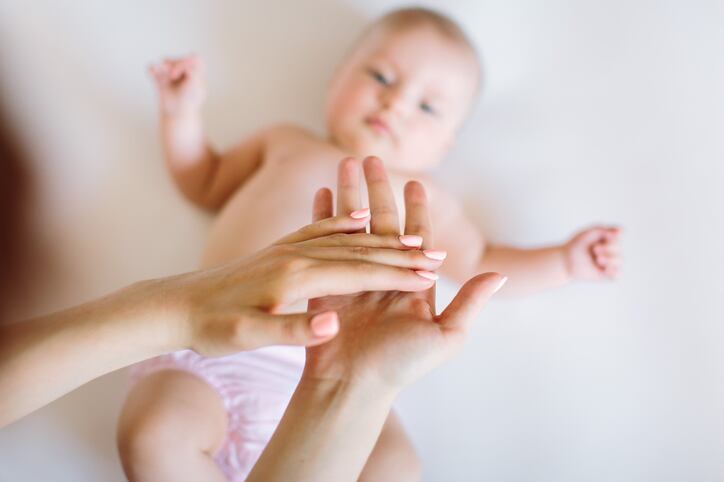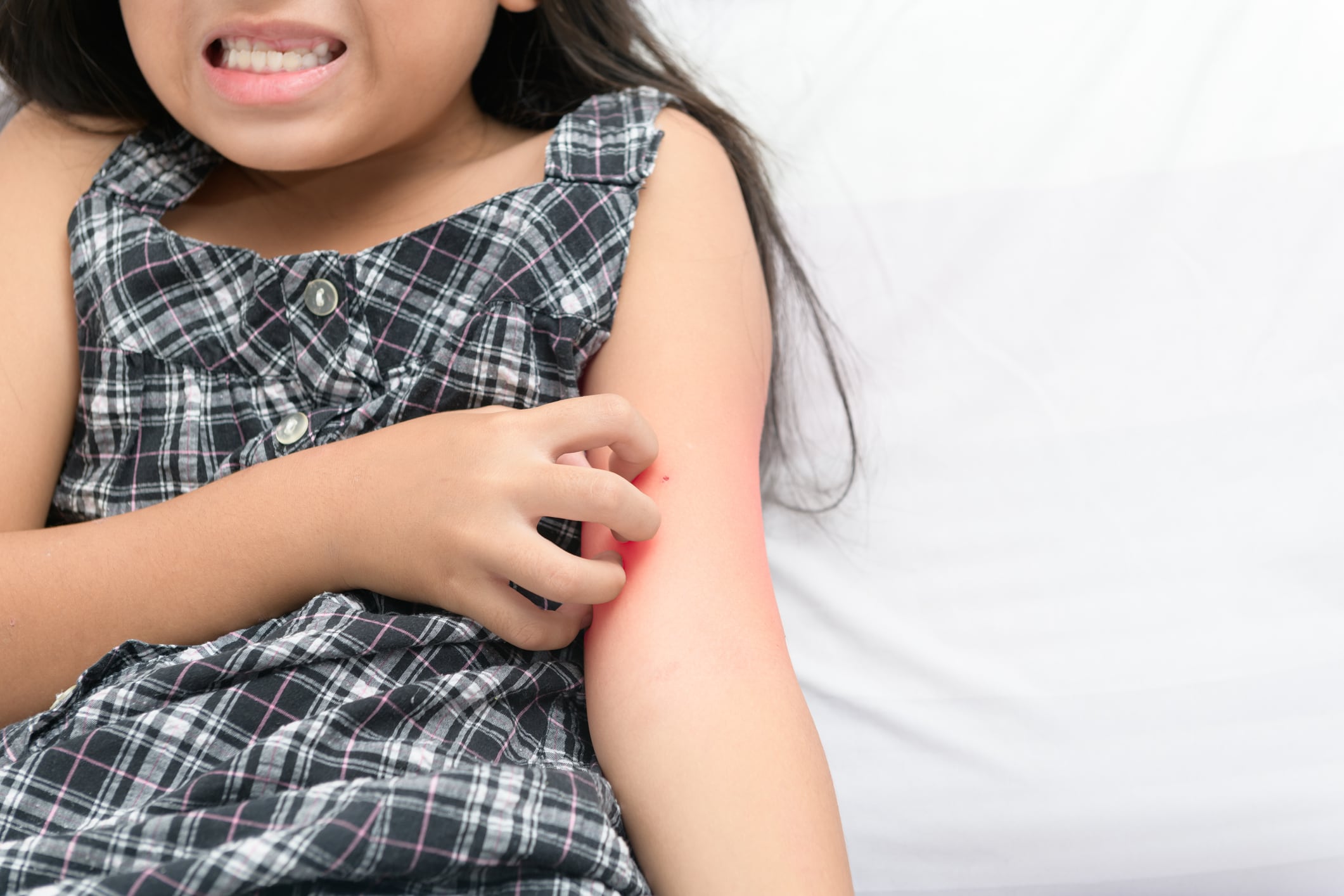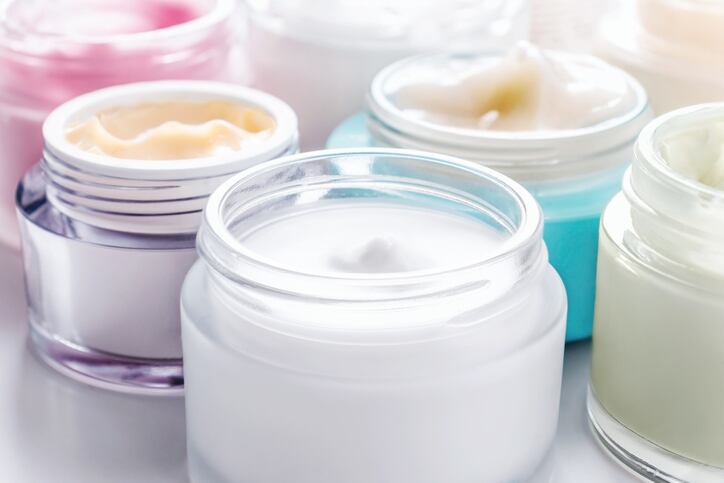Published in Experimental Dermatology, researchers from P&G shared findings from a clinical study that aimed to characterise the skin microbiome of the diaper area in infants, amongst healthy babies and those with diaper dermatitis – an “extremely common rash” that appeared under the diaper area. The four-week longitudinal clinical study involved 18 infants aged five to 15 months, with skin microbiota swab samples taken across multiple time points and different diaper regions.
Whilst previous studies had investigated infant skin health, the researchers said most work had focused on the Candida species and little was known about the “full microbial composition across different areas” of infant skin. Even less was known on how these microbial communities changed during disease or inflammatory states, the researchers said.
‘Microenvironments’ in healthy and dermatitis diaper skin microbiome
“This study shows that the diapered environment is unique and that ‘microenvironments’ exist within the diaper locations in both healthy and diaper dermatitis skin,” the researchers wrote.
The skin microbiome differed by anatomical site within the diapered area, they said. The genital and intertriginous regions, for example, maintained “similar bacterial communities”, dominated by Staphylococcus, whilst the buttock and perianal regions were dominated by Bacteroides, Faecalibacterium and numerous other low but equally abundant community members. Normal skin microbiota species like S epidermidis and S haemolyticus were in “higher abundance” in the genital and intertriginous regions, findings showed.
However, the study also showed that the skin microbiome changed according to skin health in the diaper region. “In addition to the regional microbiome differences, there were also shifts in each of these communities based on the level of diaper dermatitis present,” the researchers said.
As diaper dermatitis scores increased, there was a shift in relative abundance demonstrating higher community percentages of faecal coliforms such as Enterococcus and lower percentages of Staphylococcus strains. In high-rash examples, the predominant Staphylococcus species was S aureus – “potentially implicating S aureus as a diaper dermatitis aetiological agent”, the researchers said. The most statistically significant organisms related to diaper rash were C albicans and S aureus.
Natural microbiota plays ‘important role’ in diaper dermatitis
The study identified nine species that differed between the healthy and diaper dermatitis groups, implying the natural microbiota played an “important role in diaper dermatitis disease state”, the researchers said.
These findings, they said, provided “new foundational information” and insight into the role of the skin microbiome in the development of diaper dermatitis.
“The infant skin microbiome varies by anatomical site within the diapered area as well as with changes in skin health (diaper dermatitis) and implies potential biological triggers for diaper dermatitis and potential opportunities for prevention and treatment,” the researchers wrote.
Further research, however, would be needed to identify the pathophysiology of diaper rash and the exact role of certain factors, including wetness, friction, urine and faeces, and the presence of microorganisms. “It is unclear whether the relative abundance of microorganisms on the skin plays a direct role in causing diaper dermatitis or perhaps these abiotic factors create a hostile environment that increases the susceptibility of the skin to damage and secondary infection and subsequent inflammation, characteristic of diaper dermatitis.”
Further research should also look closely at infant diet as a potential contributing factor, the researchers said – all conducted using “more robust” microbiome characterisation techniques, like metagenomics.
Source: Experimental Dermatology
Published online ahead of print on September 25, 2020, doi: 10.1111/exd.14198
Title: “Characterization of the microbiome in the infant diapered area: Insights from healthy and damaged skin”
Authors: A. Teufel, B. Howard, P. Hu and AN. Carr




